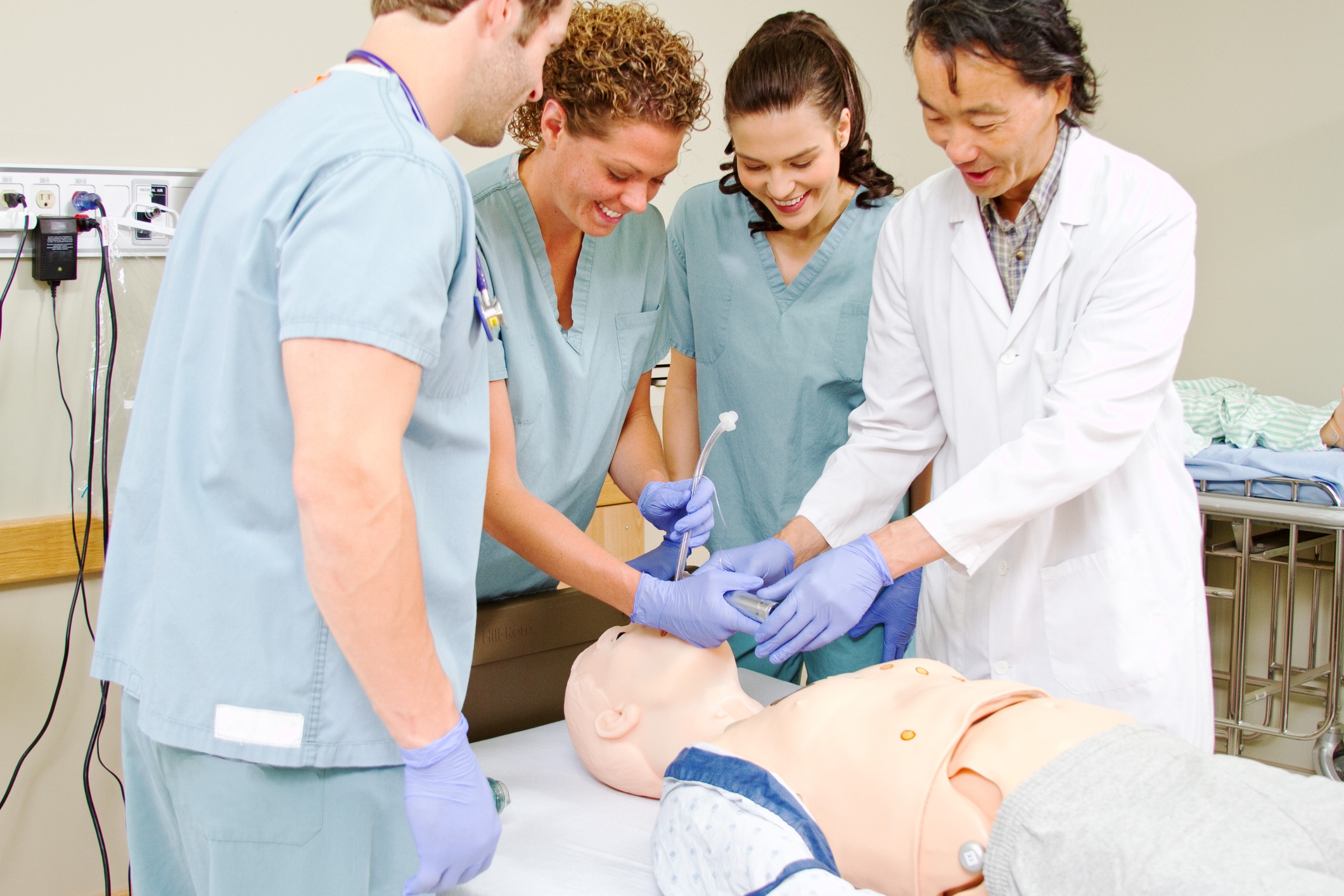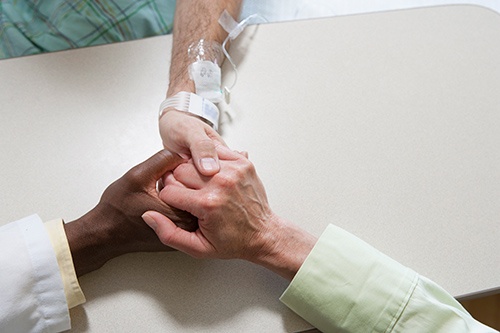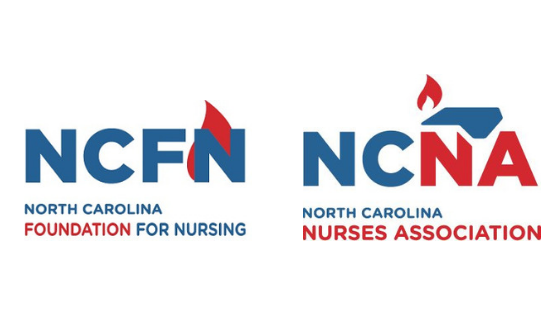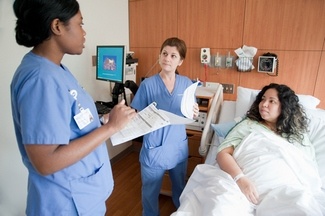 Smart phones help Nurses stay on top of their game. You can download apps that help you study for an exam or find out information about a specific drug. Mobile apps have provided a variety of tools for Nurses. Below you will find some of the top mobile apps for Nurses.
Smart phones help Nurses stay on top of their game. You can download apps that help you study for an exam or find out information about a specific drug. Mobile apps have provided a variety of tools for Nurses. Below you will find some of the top mobile apps for Nurses.
NCSBN flashcard
This app is a medication library for your phone. Great for students studying for exams or Nurses who need a quick reference point.
PEPIDThis app provides detailed information for all elements of patient care. Students gain a credible and complete resource guide for coursework, lab exercises, and clinical practice.
EpocratesIs a medical reference app that searches for information on prescription drugs, drug interactions, and a directory of providers.
MedscapeProvides access to a pill identifier, medical directory, continuing education, medical news, and clinical reference library.
iOS and Android
App version of WebMD website. You can research conditions, access drug and treatment information, get first aid essentials, check local health listings, and find the latest health news on the go.
Med MnemonicsOver 1,500 acronyms, rhymes, and memory tricks to help Nurses learn medical conditions, symptoms, and other terminology.
Taber’s Medical DictionaryA mobile version of one of the best medical dictionaries. Includes photos, videos, audio pronunciations, and functionality to save favorite entries. This dictionary has 65,000 definitions to help Nursing students study for tests.
Nursing CentralInformation and reference for diseases, drugs, and tests for Nurses, as well as a literature search function. Includes access to Davis’s Drug Guide, Taber’s Medical Dictionary, Diseases and Disorders, and MEDLINE Search and Journals, among other databases.
NurseGrid
This app was developed by Nurses to help manage the scheduling process. The app lets you schedule across all worksites, view who you’re working shifts with, message other Nurses, and much more.
Diseases Dictionary
This dictionary app is a great reference for medical disorders and diseases. Learn all information about symptoms, treatments, and medical terminology.
Nurse’s Pocket Guide
This app includes 440 medical conditions with associated Nursing diagnoses, care plan guides, and NIC and NOC labels for each diagnosis.
Black’s Medical Dictionary
This app has over 5,000 definitions. It also has a social media feature allowing you to share information with friends.
Pill Identifier
Provides a quick way to identify more than 12,000 medications. You'll be able to easily identify pills by imprint, shape, color, or drug name.
Pedi STAT
A quick reference for RNs caring for patients in a pediatric, emergency, or critical care environment.
IDdx: Infectious Disease
This app allows users to search by description and lists many infectious diseases that could relate to it. Currently, you can segment more than 250 illnesses by 39 epidemiological factors and 16 world regions.
MediBabble Translator
This translator app helps you communicate with patients and improve care. Currently 7 languages are available: English, Spanish, French, Cantonese, Mandarin, Russian and Haitian Creole.
Eponyms
Hundreds of obscure medical eponyms (person after whom a discovery, invention, place, etc., is named or thought to be named) for easy searching.
Skyscape Medical Resources
Provides drug information, access to medical journals, and the latest industry news, Skyscape Medical Resources is an all-in-one resource.
NCLEX Flashcards
This app has over 2,400 premade flashcards that covers all aspects of the National Council Licensure Examination.
Are you using an app that we didn't mention above? Please share with us in the comment section below!




 You may want to consider a career as a Nurse Educator if you're interested in teaching or passionate about medical research and public policies.
You may want to consider a career as a Nurse Educator if you're interested in teaching or passionate about medical research and public policies.
 Palliative care, end-of-life care, and hospice care share a common goal: to relieve suffering. But there are also important distinctions.
Palliative care, end-of-life care, and hospice care share a common goal: to relieve suffering. But there are also important distinctions. NPR
NPR RALEIGH – The North Carolina Nurses Association (NCNA) and its charitable arm, the North Carolina Foundation for Nursing (NCFN) are announcing an emergency campaign to provide support to nurses who have suffered loss or damages from Hurricane Florence. The NCFN - Nurse Recovery Fund seeks tax-deductible donations whose sole purpose is to help nurses get back on their feet sooner; NCNA and NCFN believe that helping nurses return to their normal lives will benefit the entire state.
RALEIGH – The North Carolina Nurses Association (NCNA) and its charitable arm, the North Carolina Foundation for Nursing (NCFN) are announcing an emergency campaign to provide support to nurses who have suffered loss or damages from Hurricane Florence. The NCFN - Nurse Recovery Fund seeks tax-deductible donations whose sole purpose is to help nurses get back on their feet sooner; NCNA and NCFN believe that helping nurses return to their normal lives will benefit the entire state. Forensic Nurses provide healthcare to those incarcerated in the criminal justice system in a variety of settings such as jails, prisons, and juvenile detention centers.
Forensic Nurses provide healthcare to those incarcerated in the criminal justice system in a variety of settings such as jails, prisons, and juvenile detention centers.  An active shooter incident is something no nurse wishes to experience. Unfortunately, these situations can, and do, happen at healthcare organizations across the country.
An active shooter incident is something no nurse wishes to experience. Unfortunately, these situations can, and do, happen at healthcare organizations across the country. The Joint Commission
The Joint Commission  Abuse occurs in many areas of society and takes
Abuse occurs in many areas of society and takes